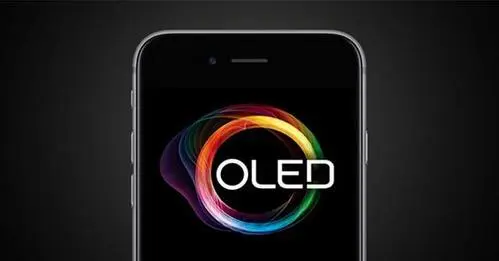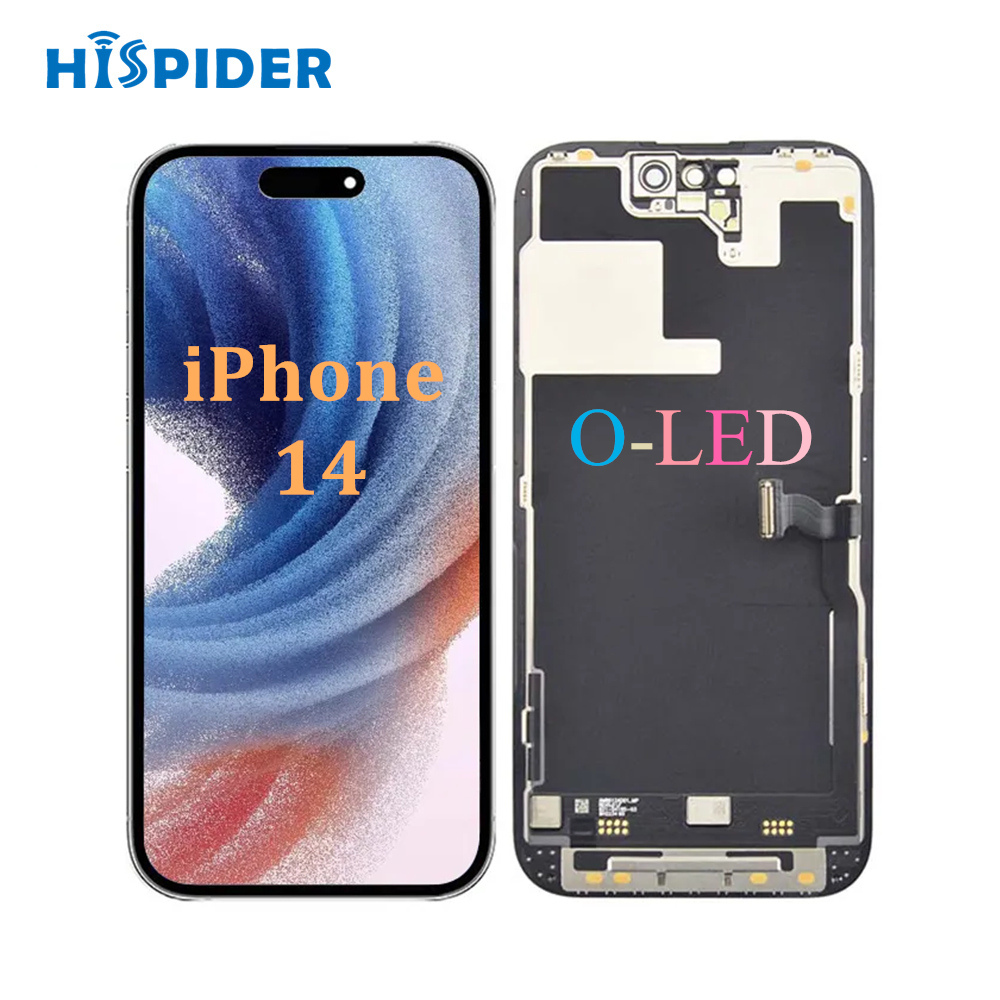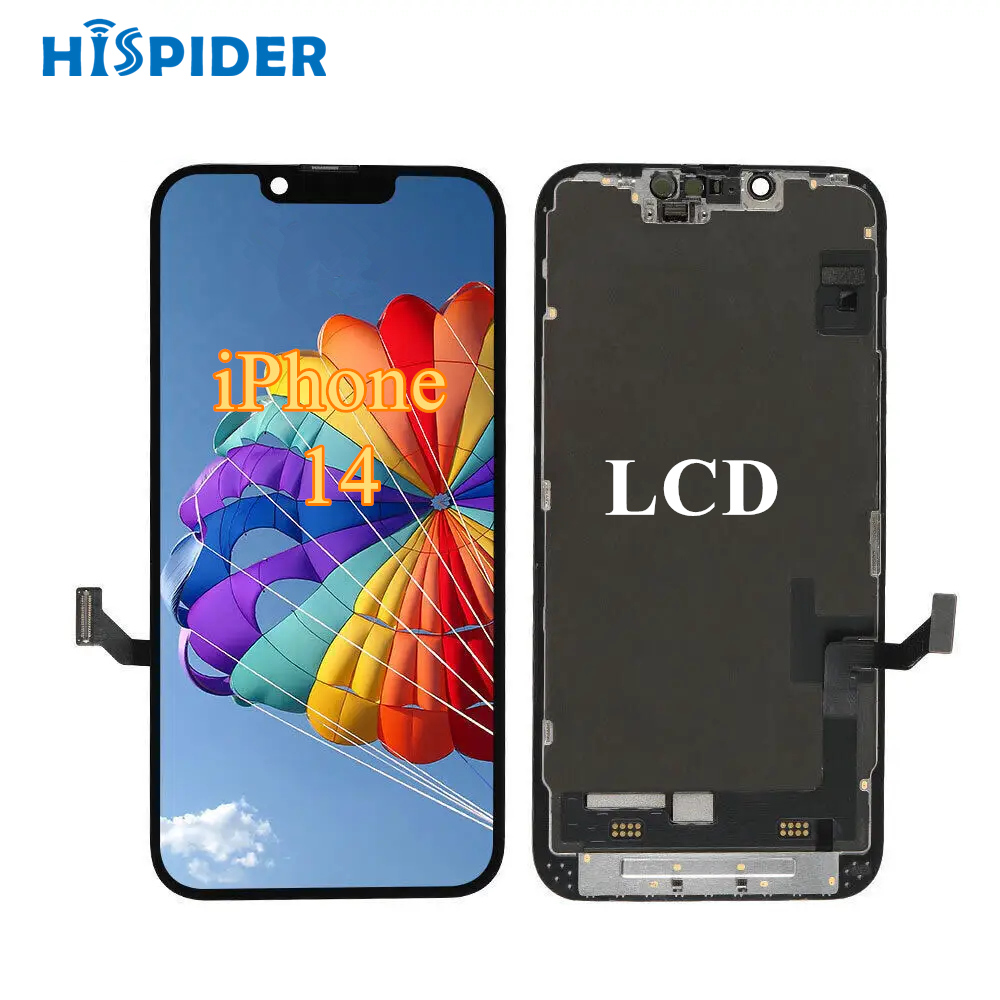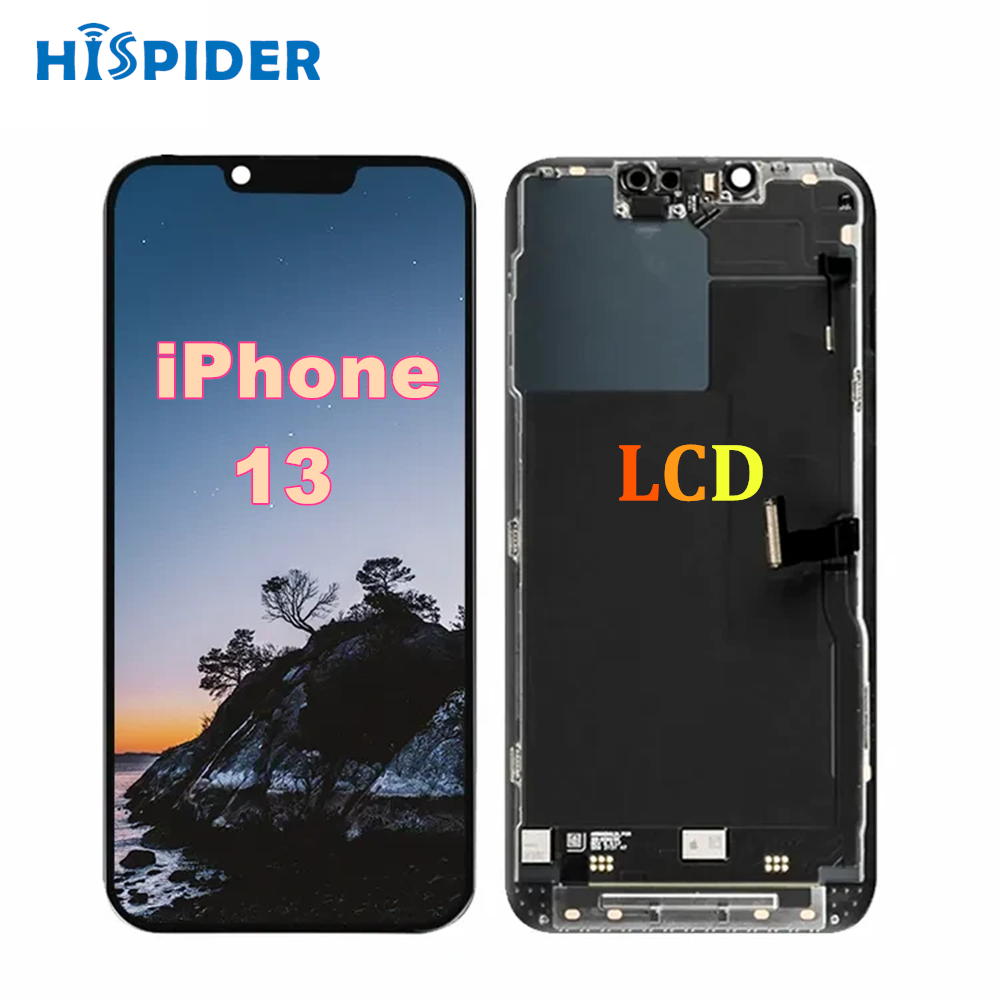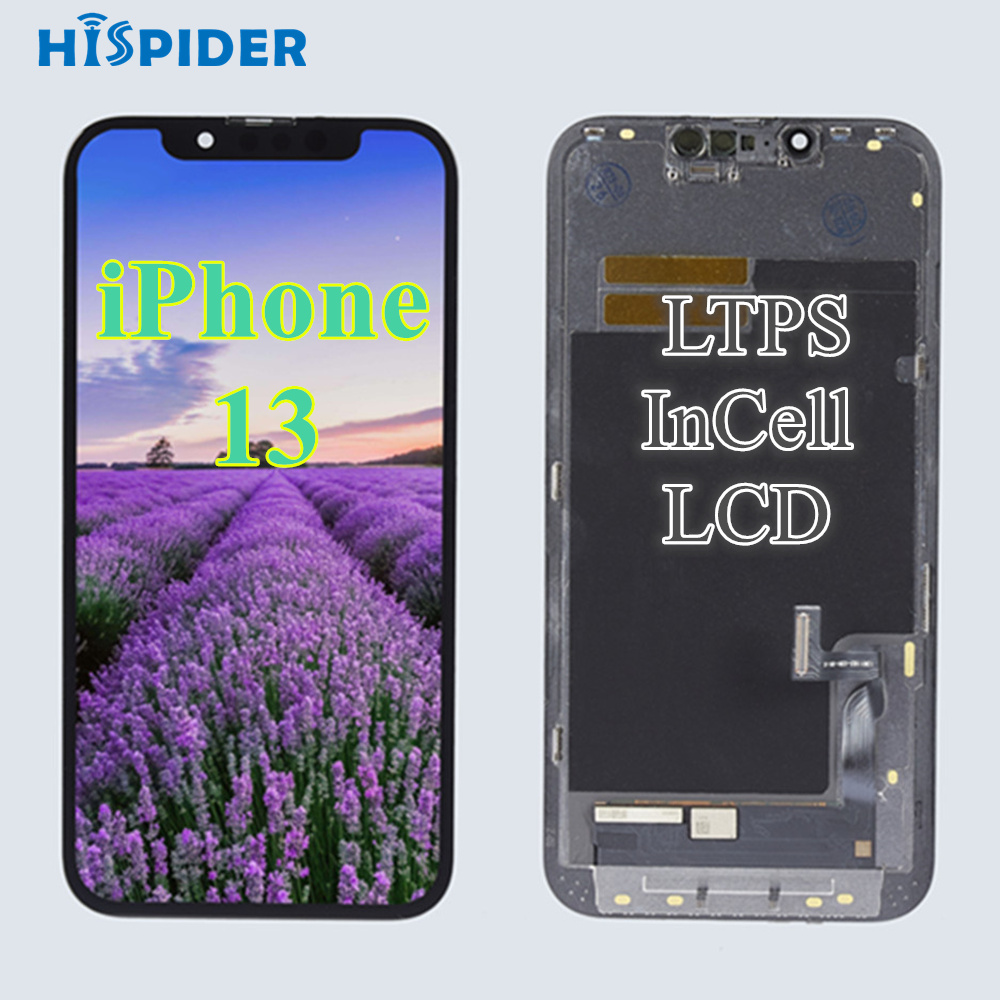The advantages and disadvantages of LCD screen and OLED screen in power consumption, life and so on
Advantages and disadvantages of LCD and OLED
1. Screen alerts
Followed by the above OLED luminous principle, leads to the first advantage of OLED: Always on Display.
The screen reminder is that when the phone locks the screen, it can light up some pixels separately. For example, important information such as the time and notifications displayed when the phone is locked.
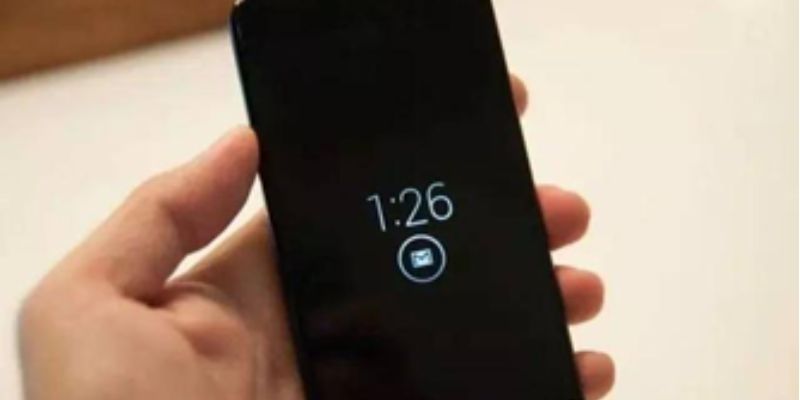
Each pixel of the OLED screen can be controlled individually, so naturally you can selectively light up some pixels to make them glow, and most of the remaining pixels do not need to glow.
LCD screen will not be able to achieve this function, because the LCD screen backlight layer is all pixels share a large backlight layer, to light the whole screen together, not bright the whole screen is not bright, can not separately control the light of some pixels, naturally can not achieve the screen reminder function.
Conclusion: OLED can realize the screen reminder, LCD can not realize the screen reminder.
2. Power consumption
LCD can only control the backlight layer is fully lit or completely off, which leads to the LCD screen as long as the screen is turned on the entire backlight layer is followed by light, no matter what is displayed has been consuming power.
OLED can control each pixel separately, in addition to the high power consumption than LCD when the white screen has been displayed, the pixels can be darkened or directly closed in other cases, so that basically OLED battery life is much better than LCD.
When we compare the iPhone11 (LCD) with the iPhone11Pro (OLED), we can obviously find that when the iPhone11Pro still has 30% power, the iPhone11 has no power.
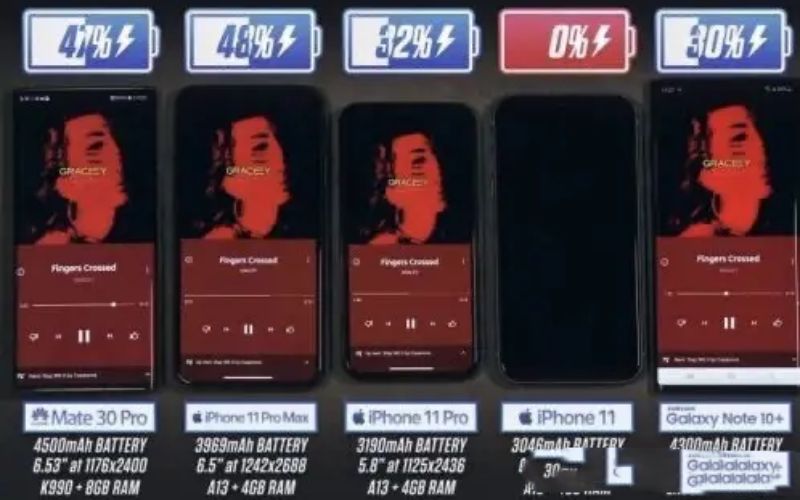
Conclusion: OLED power consumption is low, LCD power consumption is high.
3. Display pure black
As mentioned above, LCD displays different colors, and controls the color ratio of the three primary colors by controlling the deflection of the blinds (liquid crystal molecules), so how to display black?
It is very simple that the blinds are completely closed to block the light emitted by the backlight layer to show black. But here the LCD has a very big problem, that is, the shutters can‘t be closed 100%, there will be a little light emitted from the gap.
So the black we see is actually a dark gray close to black, not really pure black. This results in the LCD not showing the true sense of black!
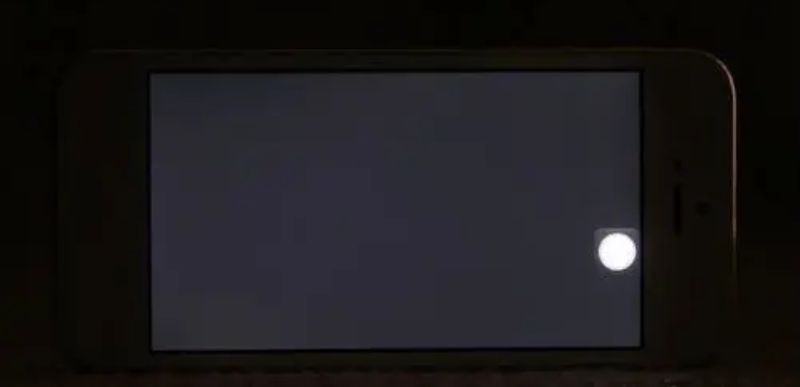
OLED is different, OLED each pixel can be independently controlled, so if we want to display black, you can directly disconnect the power supply of the pixel, so that the pixel does not emit light, you can display pure black.
Conclusion: OLED can display pure black, LCD can‘t display pure black.
4. Light leakage
LCD because there is a backlight layer, which leads to the seam of the backlight layer and the screen light is easy to leak out, in the display of pure black picture, the seam will appear halo, this phenomenon is light leakage. The OLED screen has no backlight layer, each pixel is independently controlled, and the display black is directly turned off, naturally there is no possibility of light leakage.
Conclusion: OLED has no light leakage, LCD has light leakage.
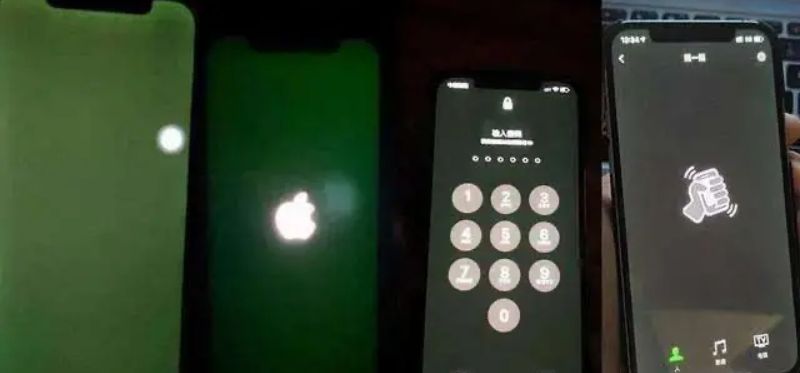
5. Response time
When the mobile phone displays animation, each pixel is quickly switching colors, and it takes a certain amount of time for pixels to switch colors, which is the screen response time.
LCD color switching is achieved by controlling the deflection of liquid crystal molecules, and the deflection speed of liquid crystal molecules directly determines the LCD response time. The deflection of the liquid crystal layer is related to temperature, and the lower the temperature, the slower the deflection, which leads to a very obvious drag phenomenon in the LCD at low temperatures.

For example, in winter, operating an LCD mobile phone outdoors, sliding the screen will find obvious drag phenomenon. OLED screens have no liquid crystal layer and are naturally not limited by LCD, so there is almost no dragging. So the OLED screen has obvious advantages when displaying dynamic pictures, such as playing games, the LCD screen often appears dragging phenomenon, and the OLED screen is almost clear.
Conclusion: OLED response is fast, LCD response time is slow.
Step 6: Thickness
LCD has a backlight layer and a liquid crystal layer, and OLED does not, so OLED can be thinner than LCD. LCD is basically around 3mm, while OLED can reach 0.5mm. The space inside the phone is expensive, and the screen is thinner, which means that the phone can be made thinner or can use a larger battery capacity to improve the battery life.

Conclusion: OLED is thin, LCD is thick.
7. Bend
Because the backlight layer and the liquid crystal layer are hard materials, LCD cannot be bent, and OLED does not have these hard materials to bend. Can be bent means that you can achieve a curved screen, Samsung Fold and Huawei mate X folding screen mobile phones, are OLED panels.
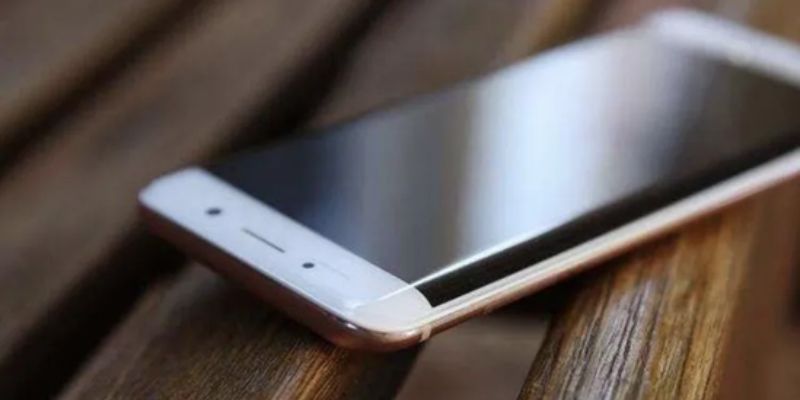
Conclusion: OLED can be bent, LCD can not be bent.
8. Narrow chin
The traditional screen package COG, is to directly put the control IC and line under the screen, so that the screen will extend out a piece, for the full screen mobile phone, it is inevitable to have a big chin (millet MIX1).
Later, there is a more advanced package COF, which can put the control IC on the line, so that the chin of the screen can be shortened again, and the vast majority of non-flagship Android machines are this. On this basis, Apple engineers have achieved an even greater COP package for the first time, bending the control IC and the cable directly to the back of the screen, which does away with the chin!
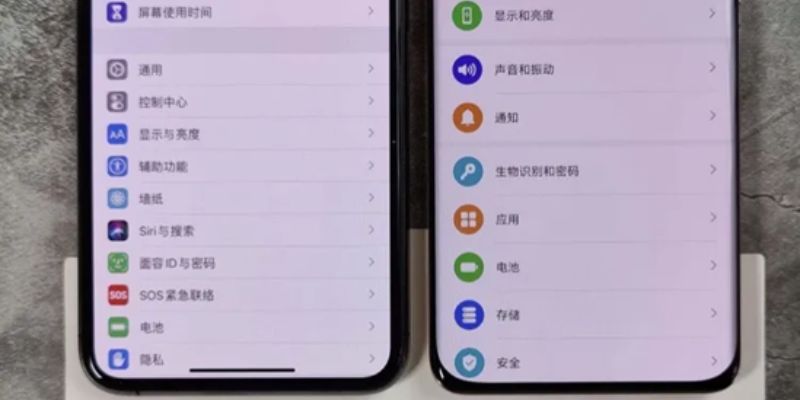
But it is also because the jaw is completely folded in half, so the yield in mass production is very low, and the part that is folded in half is in a waste state, so the cost is extremely high, only the most expensive flagship machine like the iPhone11Pro can be seen. So you can see that the jaw of the iPhone11 (LCD) is much wider than that of the iPhone11Pro (OLED).
Conclusion: OLED can achieve narrow jaw, LCD can not achieve narrow jaw.
9. Longevity
The backlight layer of the LCD is a whole luminous plate, which is bright on the whole screen, dark on the whole screen, and also aging on the whole screen. OLED is not, OLED is an organic self-luminous diode, and the word organic, presumably many people know, is very easy to age compared to inorganic substances.
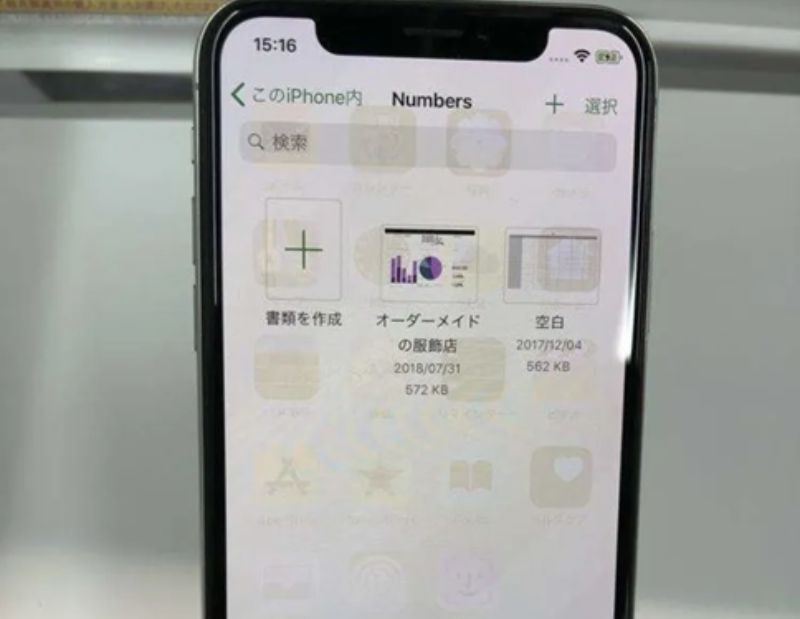
Because OLED is self-luminous, it is necessary to control the movement of electrons, so that over time, it will cause the aging speed of the light-emitting layer of some pixels to be more serious, it looks like the screen is burned, this phenomenon is called burning screen. And we certainly don't want the screen to be black and blue!
Conclusion: LCD life is long, OLED life is short.
10. Flash injury
As we all know, the brightness of our mobile phone screen needs to match the ambient light intensity, that is, the brightness needs to be adjusted. At present, there are two ways to control brightness, DC and PWM. DC dimming is very simple, directly control the voltage to change the brightness of the lamp, the high voltage lamp is bright, the low voltage lamp is dark, DC dimming because the light source is open all the way, naturally no stroboscopic damage to the eye.
PWM uses alternating light to control the brightness, that is, a period of time bright, a period of time off, when the frequency is very high, the naked eye looks bright. If you want to change the brightness, just adjust the ratio of the switching time.
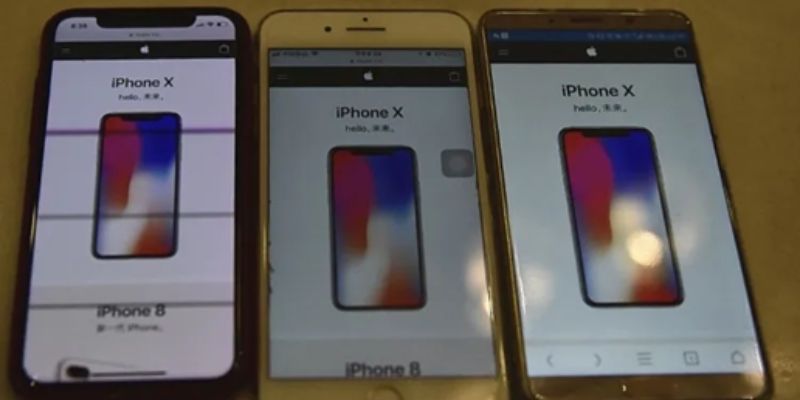
Suppose that a light is switched on and off ten times a second, each time is zero seconds, and suppose that the light is on 60% of the time and off 40% of the time, that is, the light is on for 0.06 seconds and the light is off for 0.04 seconds. This cycle repeats, and the brightness of the lamp is 60%, and the other brightness is the same. So PWM dimming so a turn on and off, it will produce stroboscopic, if the stroboscopic is very low, it is easy to be captured by the human eye, a long time the eye will spend.
If the OLED screen uses DC dimming, when the brightness is too low, the voltage is too low, the screen will appear as uneven as the rag, so the OLED screen can not use DC dimming, only PWM dimming. So many people in the OLED screen after changing the mobile phone, the reaction of visual fatigue increased is this reason.
Hispider, as a professional manufacturer of cell phone replacement screens, not only keeps pace with the development of cell phone screens to produce the latest OLED screens, but also takes into account the user demand for cost-effective cell phone screens, LED cell phone replacement screens are also continuing to be produced.

